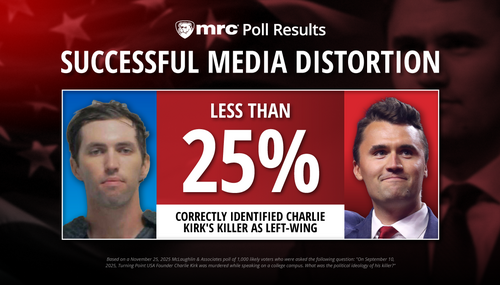A friend of ours – let’s just call him a Senior Journalism Official – sent along an essay by Kevin Lerner, a liberal-leaning professor at Marist College. At the website the conversation, Lerner wrote an article headlined “Journalists believe news and opinion are separate, but readers can’t tell the difference.”
There used to be an ideal of objectivity (or at least a disinterested, nonpartisan tone), but there’s a huge blur in today’s media environment:
It is a tenet of American journalism that reporters working for the news sections of newspapers remain entirely independent of the opinion sections. But the divide between news and opinion is not as clear to many readers as journalists believe that it is.
And because American news consumers have become accustomed to the ideal of objectivity in news, the idea that opinions bleed into the news report potentially leads readers to suspect that reporters have a political agenda, which damages their credibility, and that of their news organizations.
The uproar and forced resignation of James Bennet, who ran the op-ed section at The New York Times, underlines the problem. At the time of his resignation, Lerner noted, the Times was publishing 120 opinion pieces a week, some of them (like the controversial op-ed by Sen. Tom Cotton that forced Bennet out) only online.
While the move online allows The New York Times op-ed page to vastly increase its output, it also creates a problem: Opinion stories no longer look clearly different from news stories.
With many readers coming to news sites from social media links, they may not pay attention to the subtle clues that mark a story published by the opinion staff.
Add to this the fact that even readers who go to a paper’s homepage are met with news and opinion stories displayed graphically at the same level, connoting the same level of importance. And reporters share analysis and opinion on Twitter, further confusing readers.
The news sections of the paper also increasingly run stories that contain a level of news analysis that casual readers might not be able to distinguish from what The New York Times designates as opinion.
 The problem is broader than that. Everyone in the media criticism biz knows that the news/opinion divide is incredibly blurred by social media -- especially Twitter -- where journalists share their hot takes on politics on a minute-by-minute basis. It's also blurred by "objective" reporters constantly turning up on television to state their opinions. I would nominate Washington Post correspondent Philip Rucker, who represents all these trends -- the TV gigs, the Twitter takes, and the front-page "news analysis" articles that very much read like opinion pieces.
The problem is broader than that. Everyone in the media criticism biz knows that the news/opinion divide is incredibly blurred by social media -- especially Twitter -- where journalists share their hot takes on politics on a minute-by-minute basis. It's also blurred by "objective" reporters constantly turning up on television to state their opinions. I would nominate Washington Post correspondent Philip Rucker, who represents all these trends -- the TV gigs, the Twitter takes, and the front-page "news analysis" articles that very much read like opinion pieces.
Lerner concluded: “If news organizations such as The New York Times continue to maintain that a robust opinion section, separate from their news reports, serves to further the public conversation, then those institutions will need to do a better job of explaining to news consumers where – or if – the 'wall' between news and opinion exists.”




